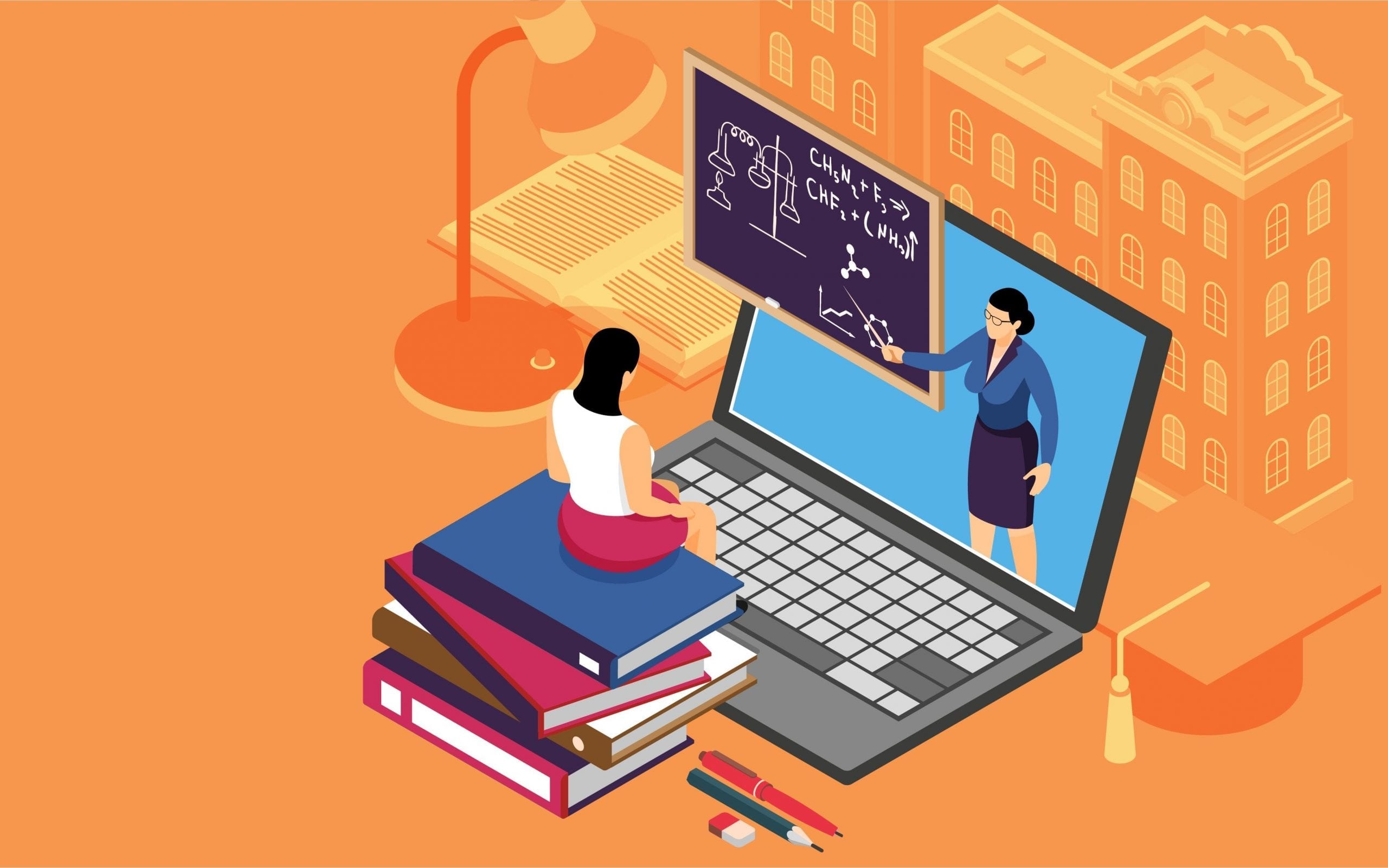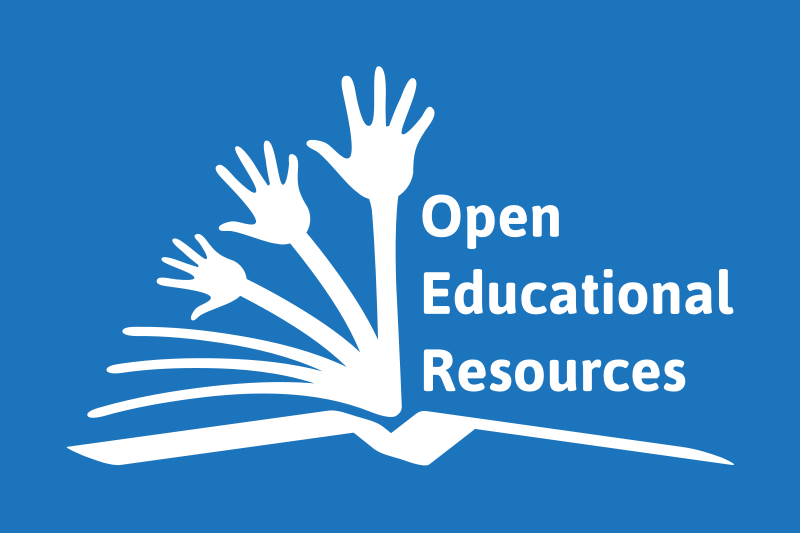
Online Education with Videos
with lots of categores

Full of joy

Friendly Environoment

well educated staff
Shareable Knowledge
Earn a Knowledge basis on lectures
100% online lectures
Start instantly and learn at your own schedule.
Flexible Schedule
Set and maintain flexible deadlines.
Beginner Level
It is very easy to use and learn

English
Subtitles: English, Arabic, French, (European)
100% free Education
No cost education totaly free.

Deeper Insight into Student Performance
Ensure that you have the data you need to better personalize instruction and support individual needs with tailored learning content.
Prepare For Your Digital Future
Connect students, parents, teachers, and the community in one flexible online platform. Unified Classroom IMPACT Learning connects learning across your entire district.

Ability to Change and Adapt
Be prepared for inevitable changes and challenges with a more flexible and reliable approach to teaching and learning.

Comprehensive Teaching and Learning Platform
Get learning management, assessment, and professional development all in one platform. That means easier adoption, training, and rollout for your entire organization

Increase Parent Engagement
Leverage built-in communication tools, Schoology Groups for parent organizations, and now Microsoft Immersive Reader to support closer connections between the classroom and home.

District-Wide Collaboration
Connect every stakeholder to collaborate on professional development, share instructional strategies, and access high-quality content.
About Lectures:
There are certain advantages to online lecturing. Students may access online lectures posted on their designated websites anywhere in the world, at any time they wish, as long as they have an internet connection. They can also be repeated for the sake of note taking. Studies have shown that students improve significantly in courses with online archived lectures,[1] especially international students.[2] Studies have also noted that students overall experience of a course has improved with the addition of online lectures.[1] Online lecture may also one of the solutions in equalizing education for students. There are also disadvantages to online lecturing, namely the lack of face-to-face interaction, and the fact that students cannot easily contact their instructors unless a communications link is created. Additionally, attendance for in-class lectures may drop due to recorded lectures.
About Lectures Categories:
• Formal lecture. The lecturer delivers a well-organized, tightly constructed, and highly polished presentation. This type of lecture works well for teaching large groups of students and has been popularized by outlets such as TED Talks (Donovan, 2013) and, more recently, massive open online courses (MOOCs), such as those offered through Coursera or EdX. In the formal lecture, students hold questions until the conclusion of the lecture. • Socratic lecture. This type of lecture, which typically follows a reading assignment to give students a baseline of knowledge, is structured around a series of carefully sequenced questions. The instructor asks a single student a question sequence. The questions require the student to use logic and inference skills. • Semi-formal lecture. This is the most common type of lecture. Somewhat similar to the formal lecture, the semiformal lecture is less elaborate in form and production. Occasionally, the lecturer entertains student questions during the presentation of material. • Lecture-discussion. This type of lecture encourages greater student participation. The instructor presents the talk, but he or she stops frequently to ask students questions or to request that students read their prepared materials. The direction of interaction can occur in one of three ways: (1) instructor to class, (2) instructor to individual student, or (3) individual student to instructor. • Interactive lecture. In this version of lecturing, the instructor uses mini-lectures about 20 minutes long, and involves students in a range of brief content-related activities in between. Interaction may occur between instructor and students or between and among students.


